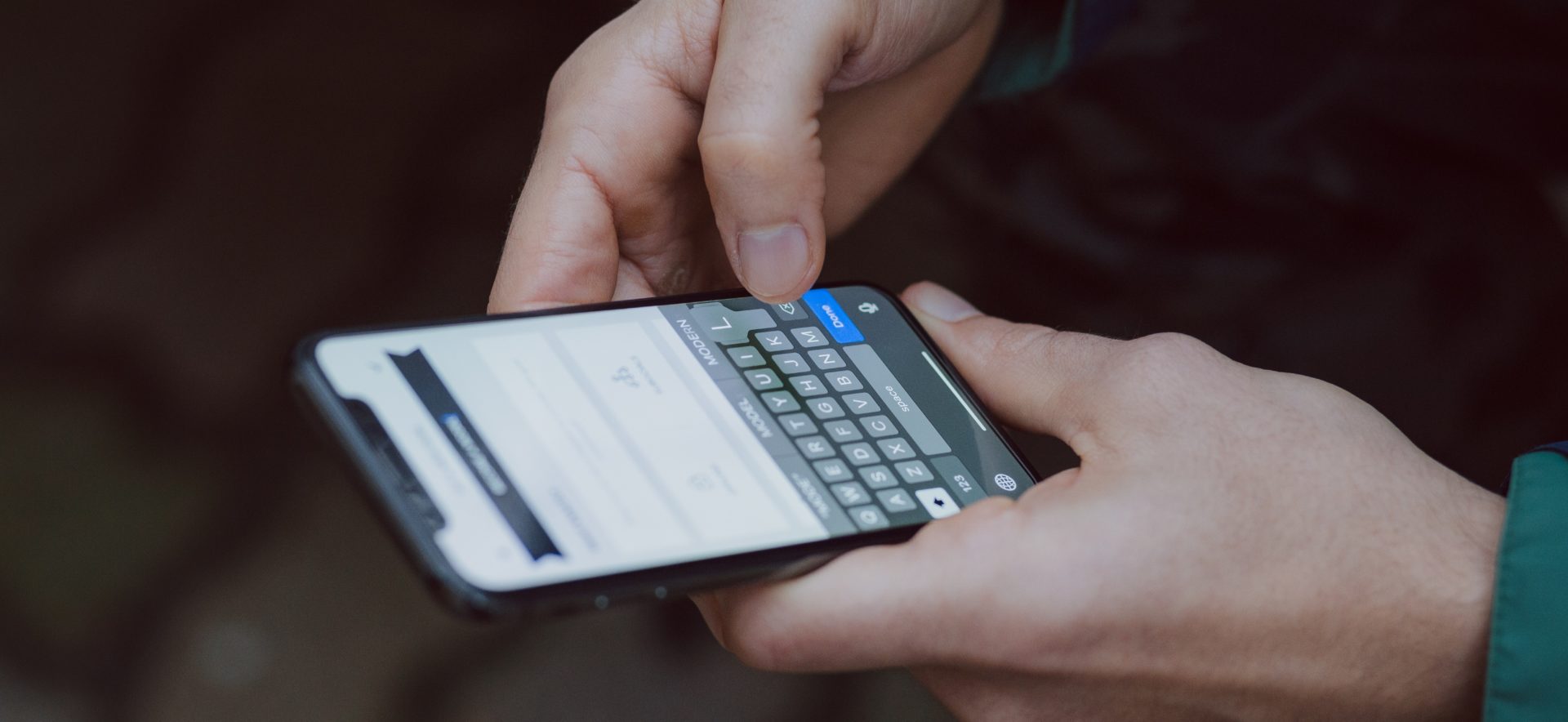Discussions about temporarily converting our face-to-face courses to an online environment have been circling both my university and the larger academic community in the past few weeks. As large institutions like UW, Stanford, and Princeton prepare to make these shifts, it’s likely to expect that other colleges and universities will follow suit.
The first suggestions I heard for this shift were those of operating a large lecture or discussion class via Zoom, synchronous with the time the class usually would have met. Foremost on mind then have been questions of equity. What if some students (or faculty) don’t have access to wifi and are reliant on their data plan? What if they only have access to a cell phone? What if they are caring for children or elderly family members and can no longer operate synchronously? How can we create learning opportunities that are engaging for students, but are flexible to a wide variety of new realities, including unknown factors that we can’t even prepare for? How can we maintain flexibility and aim for as much equity as possible when our students will not be in equitable surroundings?
I’m hoping to begin curating a list of suggestions that take into account these questions – I’ll update this list as I discover more.
Planning on Synchronous Video Lectures/Discussions? Here are some things to ask yourself and some alternatives to consider.
- If using video for chat or lecture, is the video providing value added? Or is this adding extra bandwidth that could be avoided with different strategies? If it’s just to see your face, perhaps an audio-only strategy would work just as well.
- If you do use live video or live audio, be sure to record the sessions for those can’t attend synchronously. Offer places for students to engage in discussion asynchronously.
- Audio-only: Create a podcast or record audio to go along with power point slides.
- Create captions — for videos, you can use youtube to create captions. For audio only, you can make a transcript on otter.ai (600 free minutes per month). You can also use otter to create transcripts for videos, though it doesn’t overlay with the video. Even if you don’t know of students with disabilities, this can be helpful to students with bandwidth issues or those who want to quickly review the material later to find information.
- Chatbox discussions: Create a large group chat space in your LMS, on Slack, in GroupMe, and have students discuss readings, recorded lectures, or other class topics. If you are using video, make sure there’s a way that students could call in for an audio-only experience and the chatbox allows them to still participate.
- Use Hypothesis or another web annotation tool (or even a PDF in a Google Docs) to enable students to discuss readings asynchronously.
- Make sure that all tools used will work on cell phones. Consider also those without wifi — could they drive to a location with wifi and quickly download a week’s materials if needed to work on at home?
Other Questions/Tips/Ideas
- Survey your students so you know what they’d have available to them in their homes — ask about devices, wifi access, etc. Here’s one example my colleague Sara Ronis created (feel free to MAKE A COPY and use this as a template), and another one by Andrea Kaston Tange.
- Provide options so that if a student doesn’t have a laptop that there’s an alternate way they could complete the assignment. (Handwrite and email or text you photos of it? Design an unessay?)
- Consider that students and faculty may be dealing with sickness or caring for sick friends or relatives. Some may have family or friends that die and be grieving. There are many unknowns here and being harsh and inflexible will have long-term impacts on mental and physical health and university retention.
- Openly discuss what’s happening with students. Share about how this is changing your pedagogy and discuss the impact it has on students with them directly. Be open to feedback.
- Here’s a great link of resources on accessibility and learning during this time – kudos to Aimi Hamraie for compiling this.
- Here’s an important reflection by Jason Petrulis who has been doing this since February. Lots of great insights on best practices and challenges!
Feel free to offer additional suggestions to this list in the comments or on twitter at @LWieck. Happy to continue adding to this list as we consider what these changes might mean for students.


PLEASE, PLEASE, PLEASE FORGIVE ME. I rushed to amend Sara Ronis’s form before even reading what was in the title area. Before I realized it, I’d made all sorts of changes — with no way to undo them. Please ask her to forgive my oversight (and downright stupidity) and to amend her document to its original state. My only excuse is that I got excited because it’s something I was planning with my students. #NoExcuses acceptable. I do sincerely apologize, though.